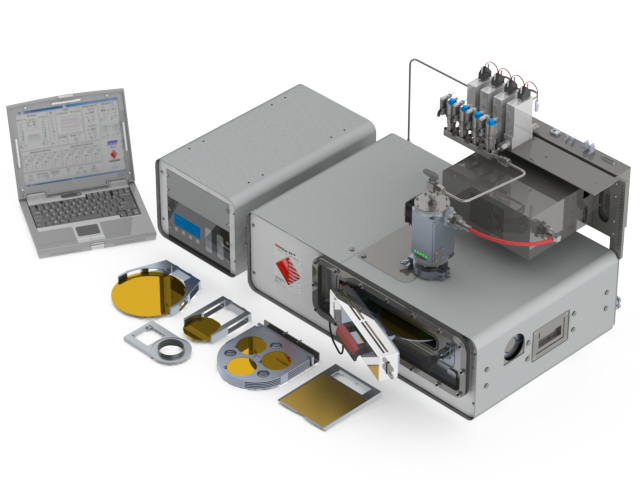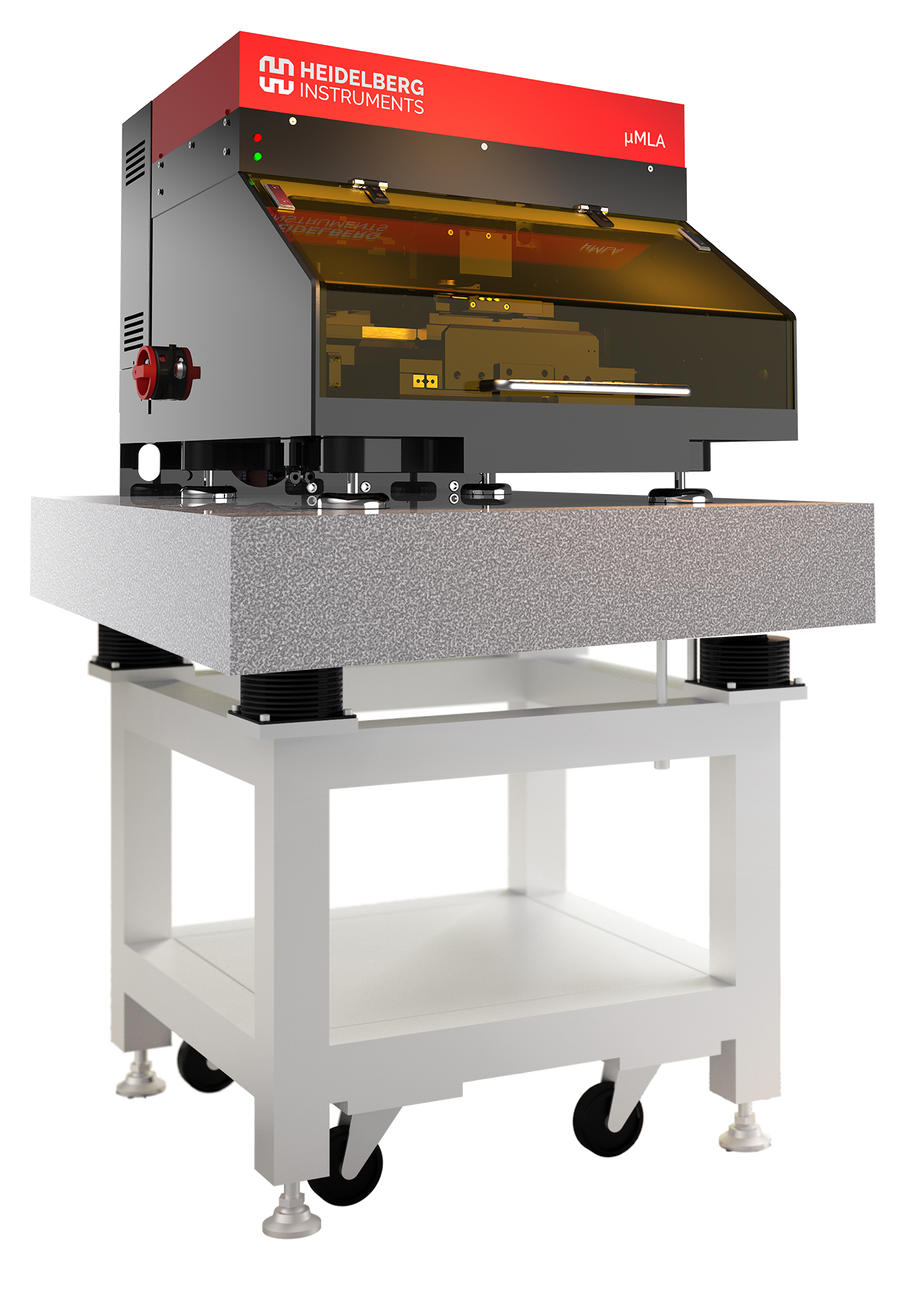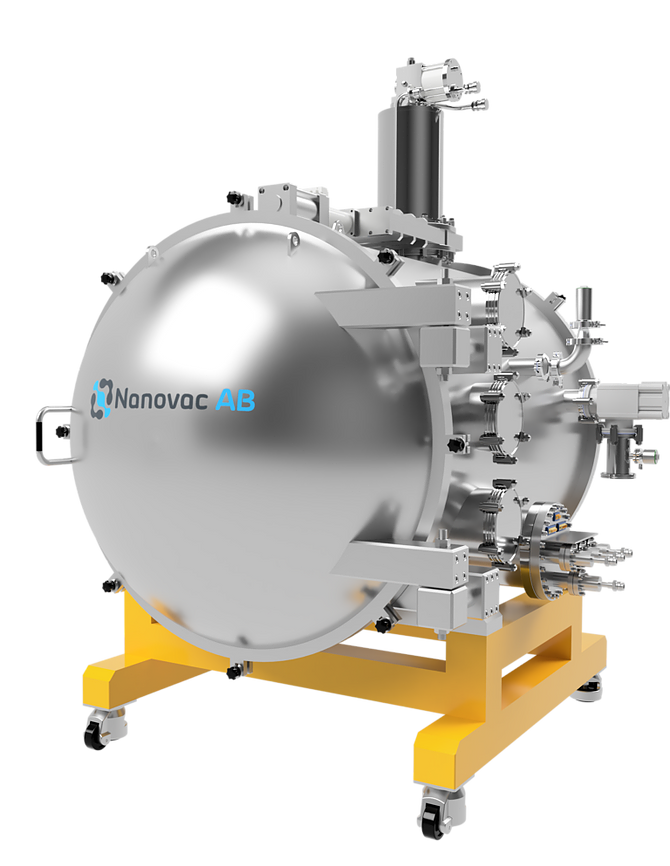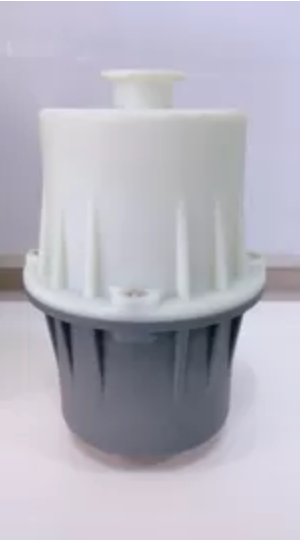Plasma-Oncology: Adjuvant Therapy For Head And Neck Cancer Using Cold Atmospheric Plasma
Authors: Xuran Li, Xiaoqing Rui, Danni Li, Yanhong Wang und Fei Tan
Publication: Plasma oncology: Adjuvant therapy for head and neck cancer using cold atmospheric plasma. Front. Oncol. 12:994172. doi: 10.3389/fonc.2022.994172
First published: https://www.frontiersin.org/articles/10.3389/fonc.2022.994172/full
Total Recap
Summary of an interesting basic research publication on the potential use of plasma as adjuvant therapy for head and neck cancer:
More than half a million people are diagnosed with head and neck cancer (HNC) every year. In addition to the already classically established treatment methods, including surgery, chemotherapy and immunotherapy, an accompanying treatment with CAP (cold atmospheric plasma) will be investigated and made possible in the future.
Exemplary, CAP was generated by our piezobrush® PZ2 for the treatments in this study. As a partially ionized gas, CAP has already found widespread use in the medical field due to its ease of application. The plasma generation is based on piezoelectric direct discharge, whereby a temperature of 50 °C is not exceeded.
The publication also conducted an extensive literature review that drew on the effects of CAP as a way of treatment for HNC. Many of these studies report a positive effect of plasma on HNC, either at the microbiological level or by reducing patient symptoms.
Possible treatment can be either direct or indirect. In Figure 1, HNC cell structures in different media are directly plasma treated with CAP. An in vivo treatment could also be successfully performed. In indirect treatment, the reactive species generated by the CAP are transferred to a living recipient via an intermediate carrier.

The positive effect generated by the plasma occurs through an interplay of chemical and physical processes and is triggered, among other things, by charged particles and reactive oxygen and nitrogen species (ROS and RNS), which exert oxidative stresses on the tumor cells to be treated. Structural changes associated with this frequently lead to apoptosis and thus prevent further development of the tumor.
This is achieved by increased selectivity for diseased cells in contrast to neighboring healthy cells. In addition, CAP induces different DNA damage and causes mitochondrial dysfunction. Figure 2 explains the different influences on treated cancer cells in detail.

As a comprehensive therapy for the treatment of HNC (which includes thyroid cancer and melanoma, among others), CAP not only comes into question because of its dual-use capability, but also represents a complementary tool in the fight against carcinoma as an adjuvant therapy.
With its bactericidal effect, CAP can be used, for example, for postoperative treatment following the removal of tumor ulcers. Thus, it is possible to accelerate wound healing, reduce the use of pain-relieving drugs and increase a patient’s sense of well-being.
You can read the full publication here.





